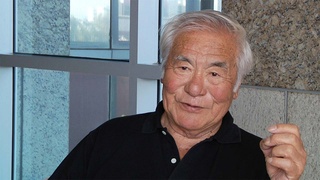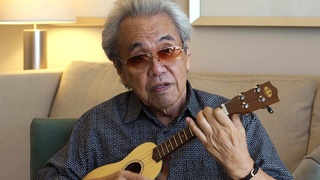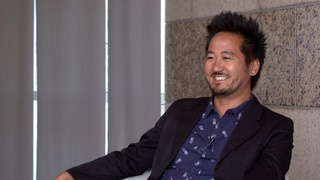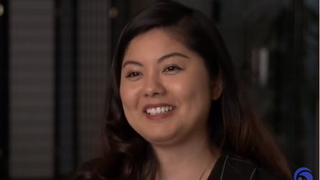Interviews
Traditional taiko style
[Early] Taiko Dojo is totally Japanese style—typical. Old fashion. Old fashion. And Mr. Den Tagayasu who died, did for Ondekoza. He also contributed [to] taiko—popularized [it] internationally through Ondekoza and later Kodo, those vessels. He also said my style is very old fashion. I’m a fossil, fossil (laugh). That’s what he said. Not too many Japan taiko teacher do my style. So every time when I go to Japan, my students, their manners [are] better than the Japanese, original Japanese. They forgot, you know. I learn from the old Issei when I came to [U.S.]. Issei people, they come from the Meiji era. A very traditional way—manners, everything. Some Sanseis, Nisei, they are Americanized, but manners are very good.
Date: January 27, 2005
Location: California, US
Interviewer: Art Hansen, Sojin Kim
Contributed by: Watase Media Arts Center, Japanese American National Museum.





